Structure of the hair strand

Each strand of hair consists of three layers:
1. Medulla (hair nucleus): Inner layer or central nucleus with keratinized cells.
2. Cortex (hair cortex): Middle layer surrounding the medulla. It is a bundle of keratin fibers and other substances (melanin, which gives our hair its color). It provides flexibility and strength.
3. Cuticle (top layer): A scaly, textured outer layer. It consists of overlapping layers of dead cells. Its function is to regulate the absorption/release of moisture and protect the other layers from external influences.

Peeling and deep scalp cleansing (or detox method)
"Beautiful hair starts with a healthy scalp"
How do you achieve a healthy scalp? Two specific methods can help you:
1. Method for a healthy scalp: scalp peeling
This method has many advantages:
- Promotes scalp microcirculation.
- Helps to loosen dead cells and regenerate underlying ones.
- Removes sebum deposits, dandruff and excess oil.
- Balances the pH of the scalp and cleanses it thoroughly.
There are two types of peeling:
- Mechanical peeling: With ingredients such as sugar, salt, coffee grounds, clay, etc.
- Chemical peeling: This type of peeling uses acids or enzymes (from papaya, mango, pineapple, etc.).
The general recommendation is to exfoliate your scalp once a month. The frequency depends on the sebum, dandruff, or excess oil buildup you need to remove.
2. Method for healthy scalp: Detox method through intensive cleansing of the scalp
The detox method is very useful for removing lighter deposits on the scalp.
Detox hair masks are used for this purpose. These hair masks contain clay and, unlike scrubs, contain ingredients that balance dry hair (aloe vera, glycerin, panthenol, provitamin B5, etc.).

Balanced hair routine with moisture and/or proteins
Healthy, moisturized hair can be achieved with plenty of water and moisturizing products. Water is the foundation of scalp care because it helps deliver the necessary nutrients. to distribute through the blood vessels, which are important for the growth and healthy appearance of hair.
Proteins are the main component of our hair. There are different types of proteins depending on their molecular size:
- Large or whole molecules: These are found in foods (eggs, beer, etc.). They cannot penetrate the hair strand.
- Medium-sized molecules: The originally whole molecules are divided into smaller molecules. They form a thin and flexible layer around the hair strand. These are called hydrolyzed proteins (e.g., hydrolyzed wheat protein, hydrolyzed soy protein, hydrolyzed rice, hydrolyzed quinoa, etc.).
- Smaller molecules: These are able to penetrate the cuticle and retain moisture in the deeper layers of the hair strand. Examples include amino acids (arginine, alanine, valine, proline, glycine, lysine, etc.), peptides, collagen, hydrolyzed silk protein, etc.

Why moisture and proteins are important in your hair routine
The moisture and amount of proteins in our hair can be influenced by various factors:
- Chemical hair treatments
- Regular use of heat devices
- The influence of pH in chlorinated water when you go swimming
- Environmental factors
- High porosity hair
- Lack of water intake
- and more
Regardless of our hair's porosity, protein and moisture loss must be regularly replaced in our hair routine to prevent frizz (lack of moisture) and temporarily repair damaged areas of the hair strand (sufficient protein) . It's important to remember that protein forms the hair structure by filling gaps (damage) in the cuticle, preventing water loss, and making hair much stronger.
Possible symptoms of hair suffering from moisture deficiency
- dry or straw-like hair
- slight breakage of the hair strand
- a lot of frizz when the hair is dry
Possible symptoms of hair affected by protein deficiency
- frizzy hair when damp or wet
- the hair has no strength or power
- the curls do not form if the natural hair structure is curly or wavy
You can determine the protein concentration in a hair product by its position in the INCI (International Nomenclature Cosmetic Ingredient) list. If the protein is in the first four or five ingredients of the list, this means the product contains a high amount. If the protein is at the end of the INCI list or after ingredients such as flavors or fragrances, this means it contains a low amount.

A hair routine with the perfect balance between moisture and proteins
Some of the products in your hair routine that stay on the hair longer (hair masks, leave-in products, and styling products) should contain protein. However, the amount is crucial and varies from hair to hair. The addition of moisturizers is equally essential for healthy hair.
Two possible combinations as examples:
Hair Routine #1
- Focus on proteins in hair masks and styling products
- Focus on moisturizers in rinse, conditioner, leave-in
Hair routine #2
- Focus on proteins in hair masks and leave-in products
- Focus on moisturizers in rinse-out conditioners and styling products
The importance of hair masks, leave-in and the squish-to-condish method
Why hair masks are important
Throughout the year, and especially in summer when temperatures are high, hair loses moisture and nutrients. A hair mask can therefore be one of your best allies for replenishing your strands.
For a hair mask to be truly effective, it needs to be left on for at least 30 minutes and no more than two hours. Applying heat (e.g., with a thermal cap) promotes the penetration of nutrients into the hair, and the exposure time can be shortened (but never less than 30 minutes).
What is a leave-in product and why is it important
A leave-in product is a final product for your hair care routine that doesn't need to be rinsed out and therefore stays in the hair. When used with a leave-in product, the hair retains moisture longer.
The right leave-in product should be chosen based on the thickness and porosity of your hair. A leave-in formula rich in plant extracts, moisturizing agents, and a small amount of softening emollients (oils and butters) is perfect for fine hair. Thick hair absorbs softening emollients better (but be careful... these can build up in the hair).

The “Squish to Condish” technique
This technique helps retain maximum moisture. The hair becomes more flexible, supplied with moisture and moisture-retaining oil. It reduces friction between individual strands and thus frizz.
"Squish to condition" is done with conditioner. This method ensures that all the ingredients in the formula reach all areas of the hair strands.
http://science-yhairblog.blogspot.com/2018/08/conditioning-technique-squish-to.html
You can see exactly how this method works in numerous videos on YouTube & Co.
More useful tips for healthy hair
1. Don't use homemade hair masks made with food (eggs, beer, etc.). Remember that food contains protein molecules that are too large and impermeable to penetrate the hair strand. You won't get any benefit from them.
2. Practice the "squish to condish" technique. If you don't know how to do it, tell us. We'll help you!
3. Use a scalp massage brush while washing your hair. This will help distribute the product more evenly, improve circulation, and promote hair growth.
4. Protect your hair while you sleep with silk or satin caps or pillowcases. This will prevent friction between the strands and potential breakage. You'll significantly reduce frizzy hair!
5. Don't sleep with damp or wet hair, as this encourages the growth of fungi in the hair. And nobody wants that.
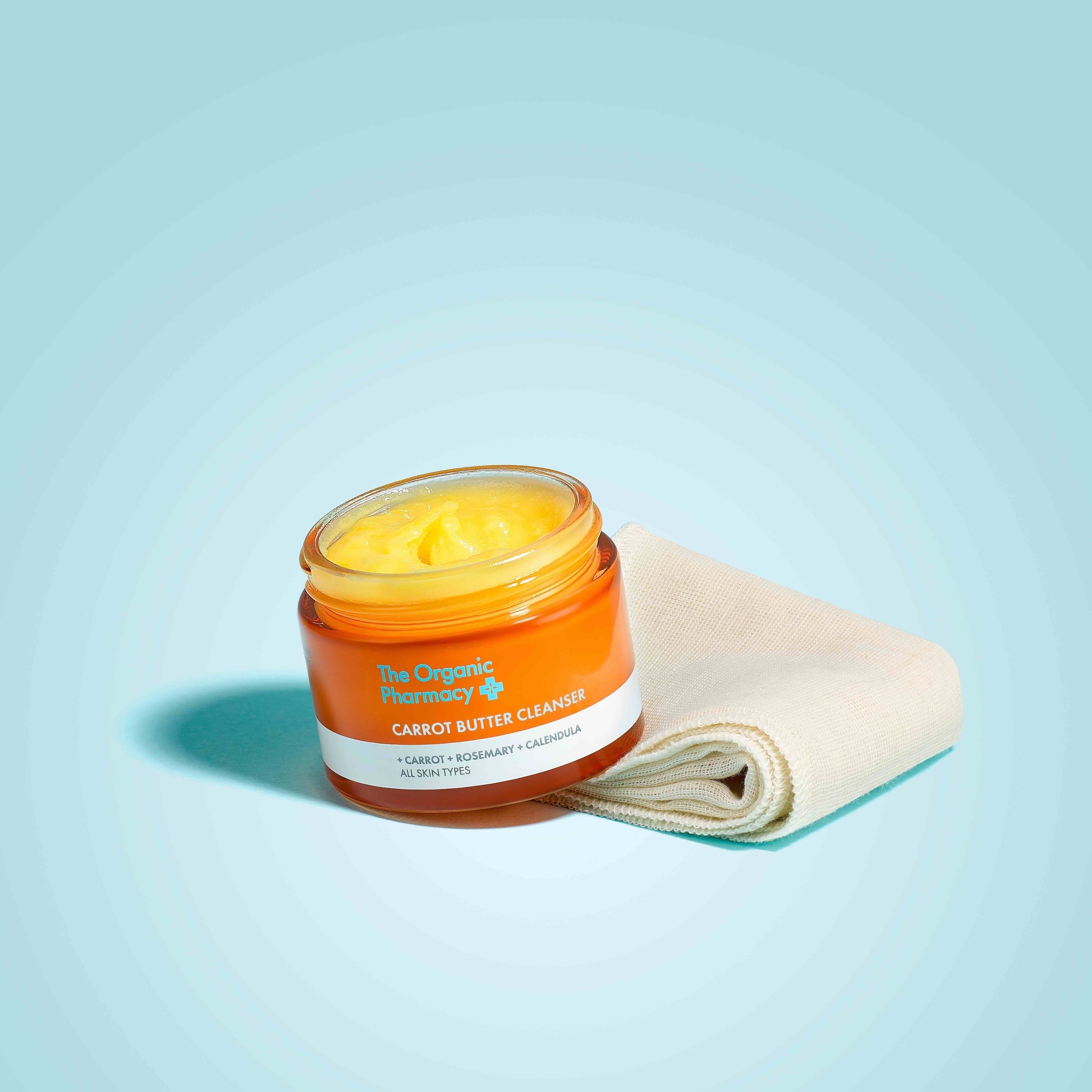
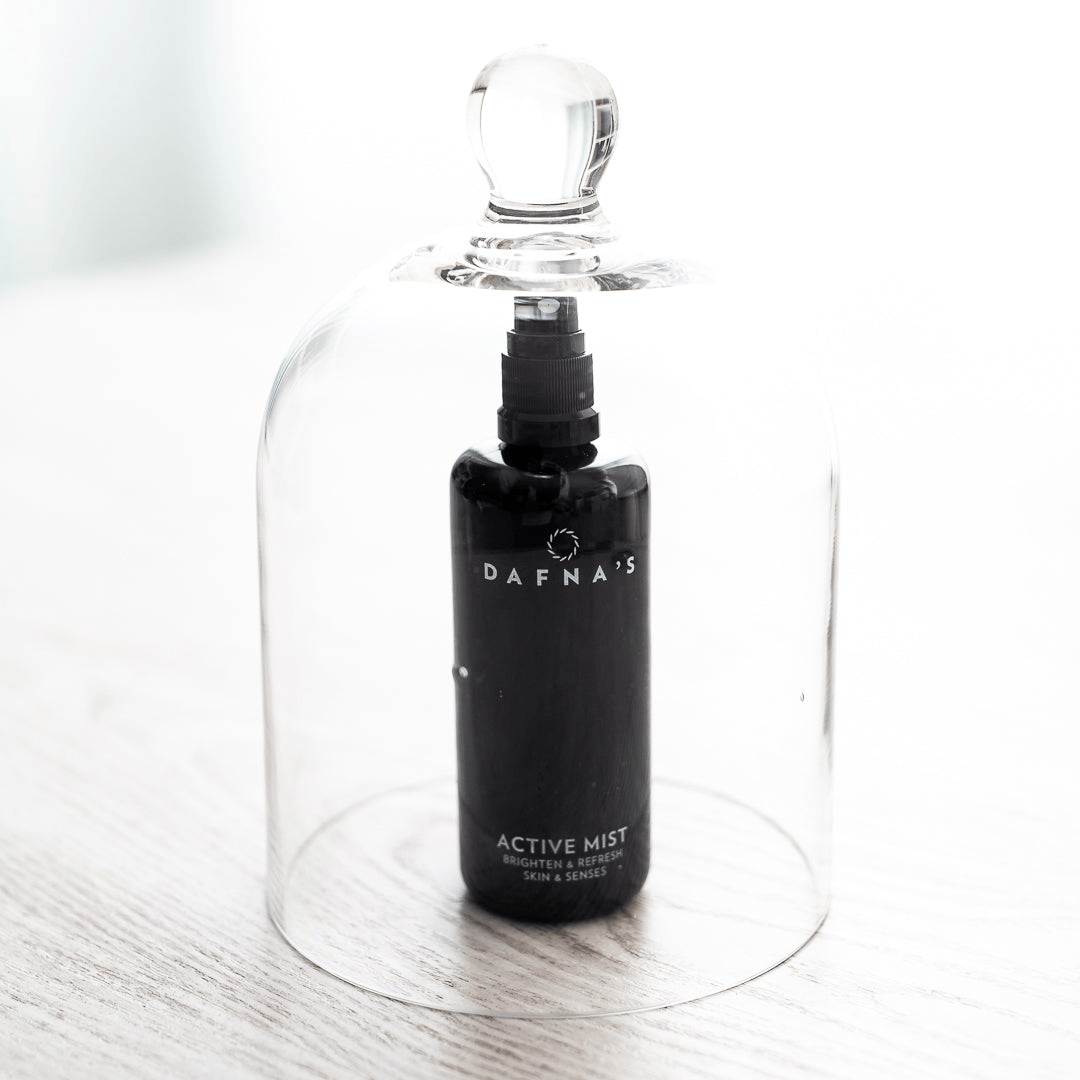
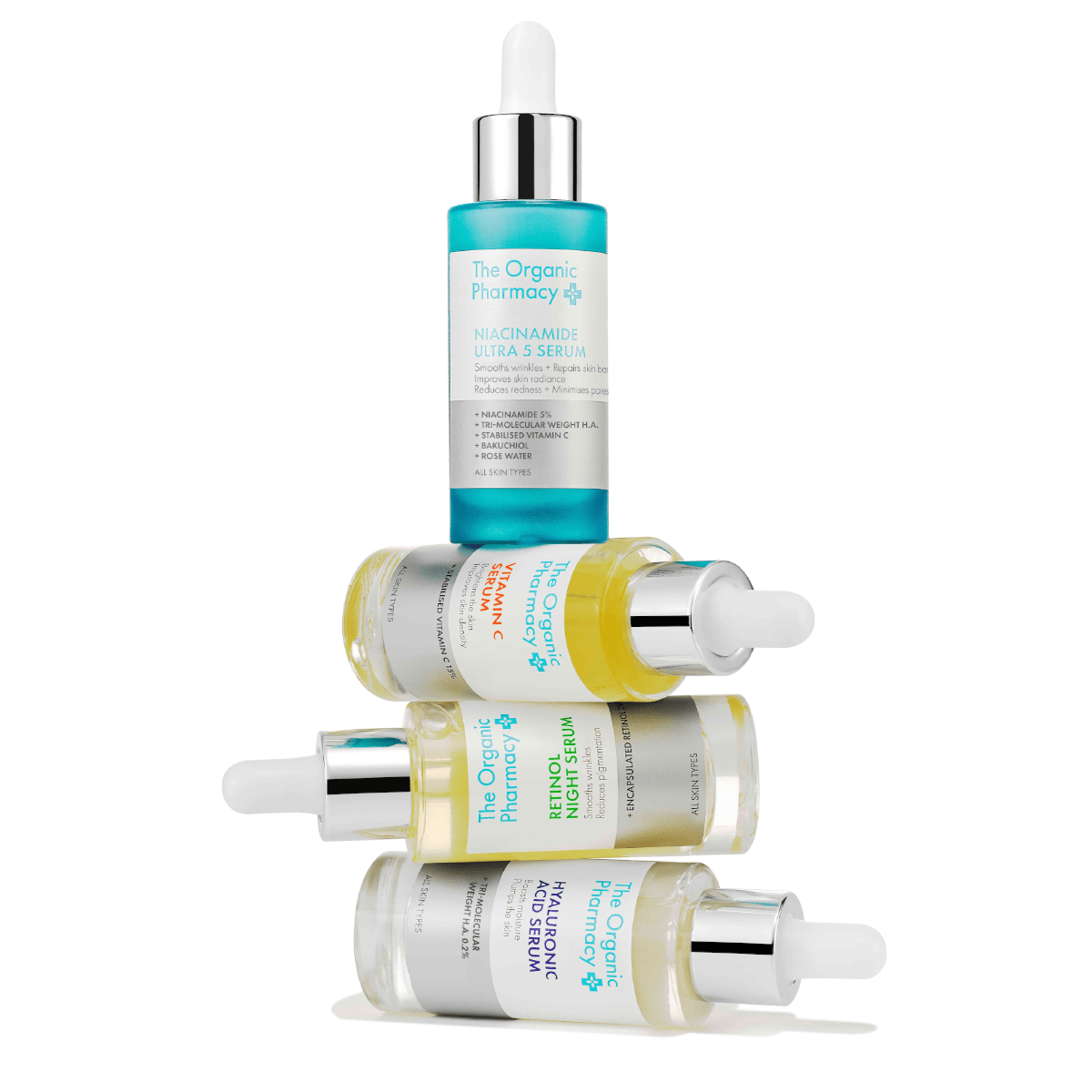
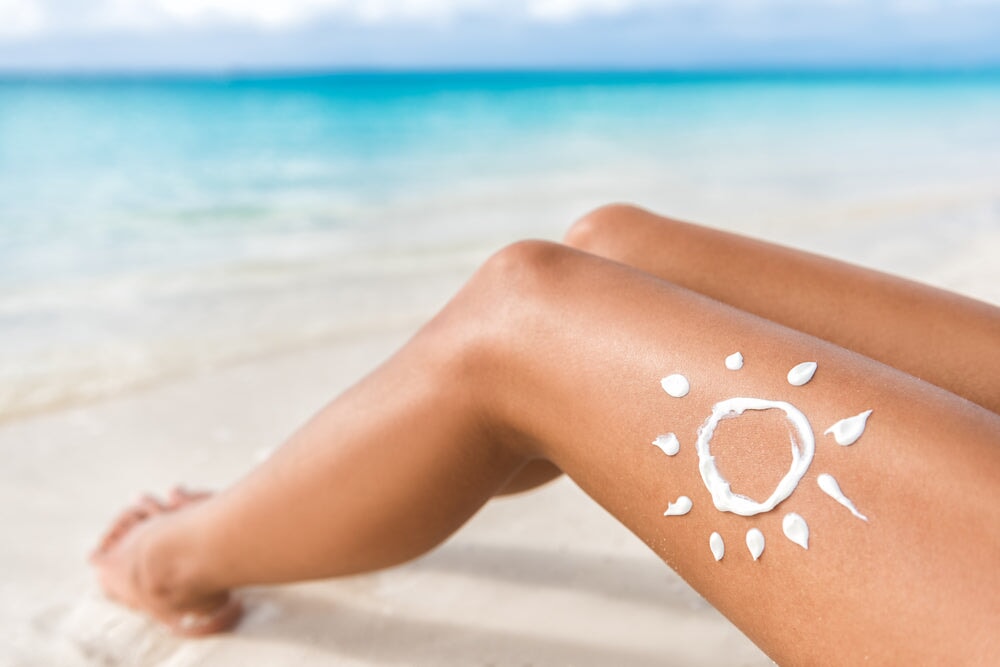
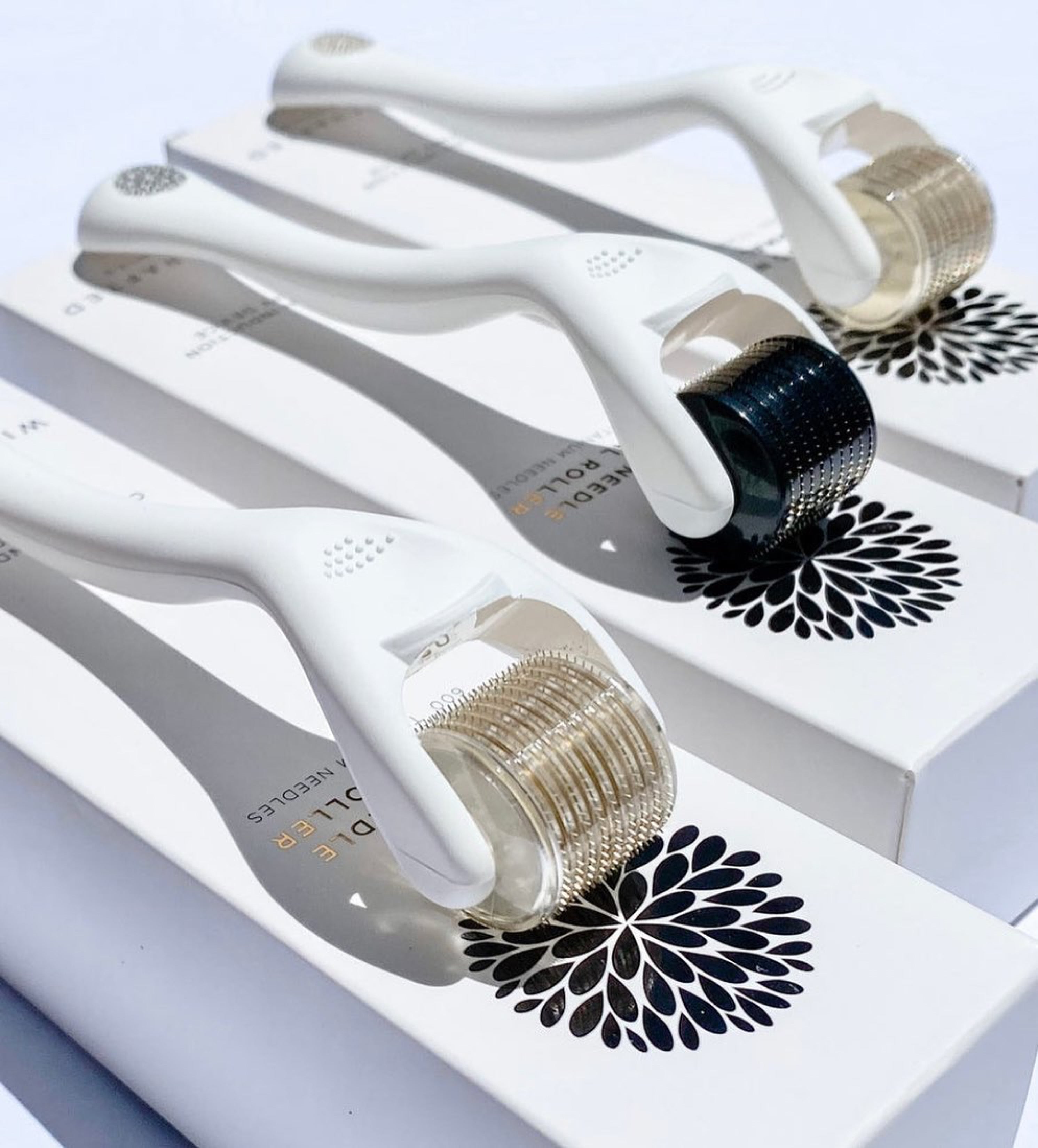
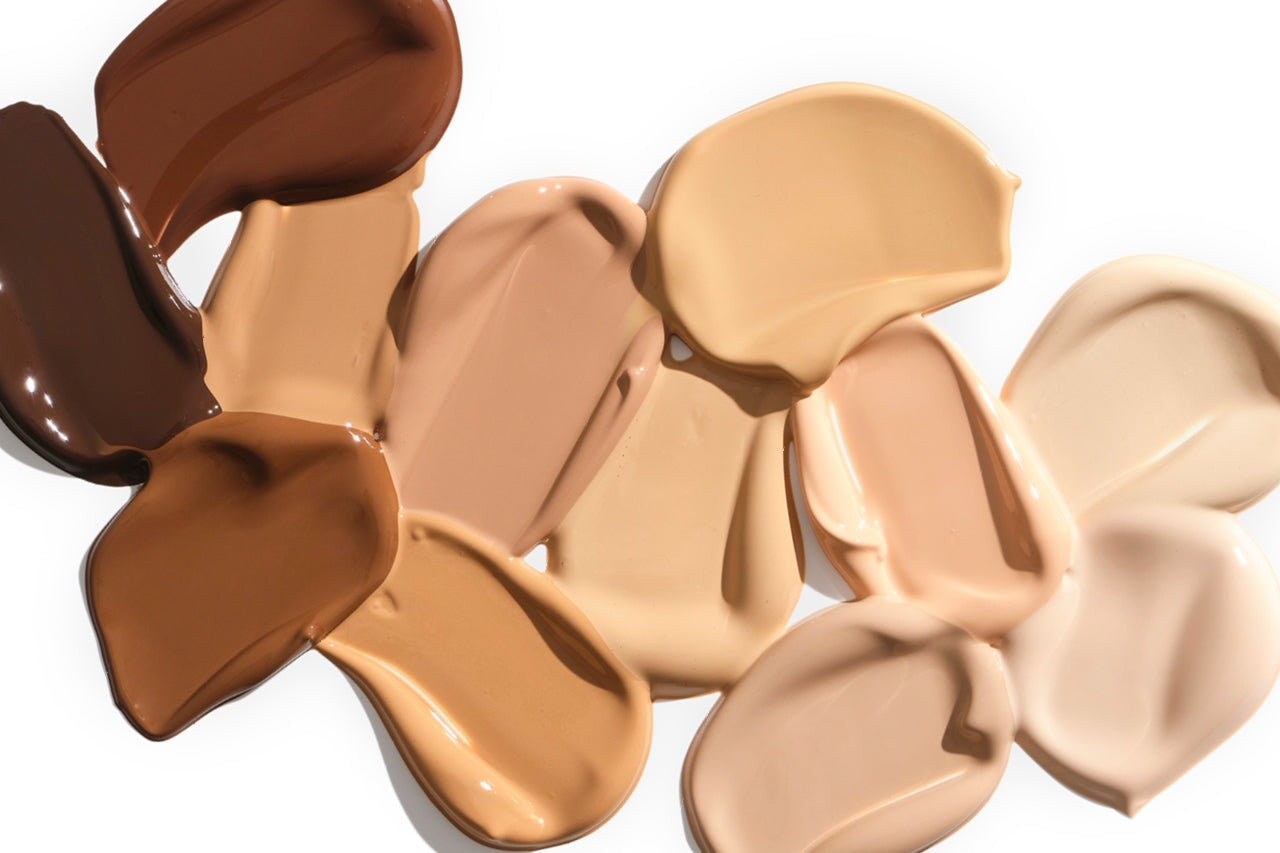
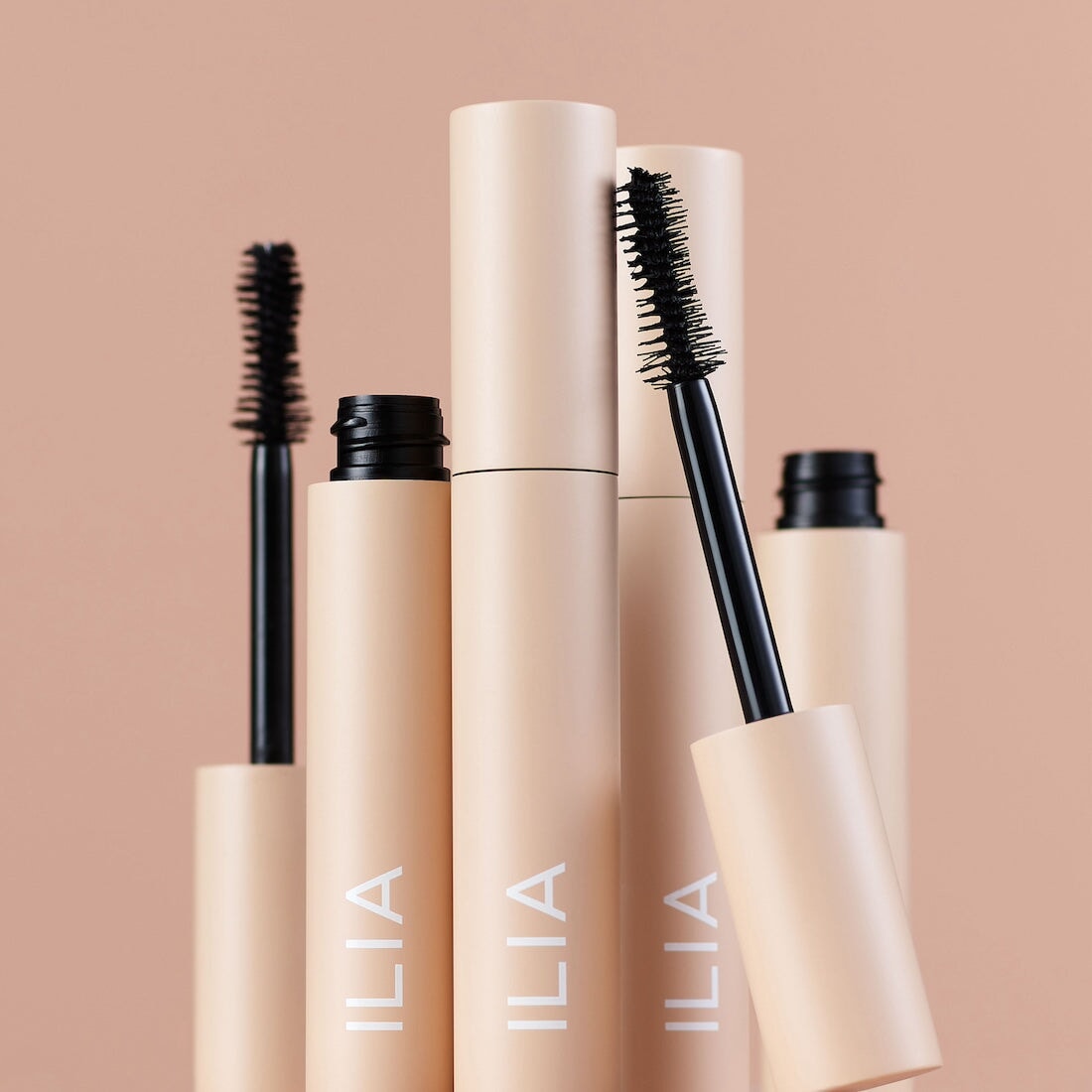
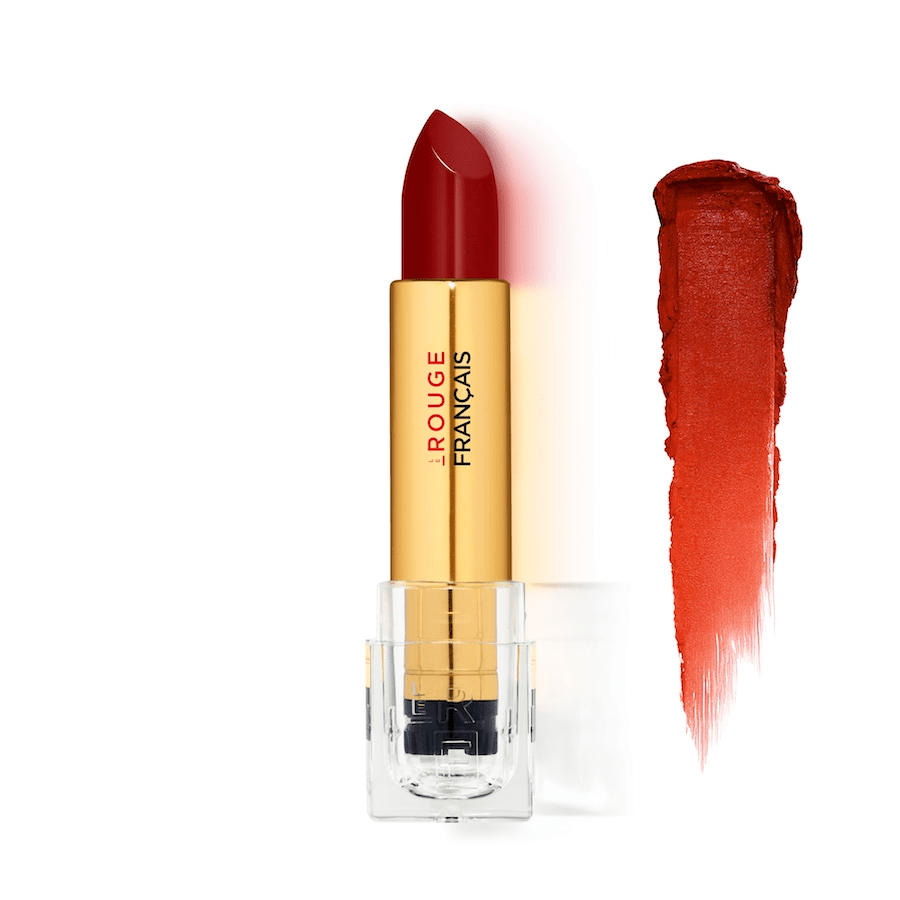
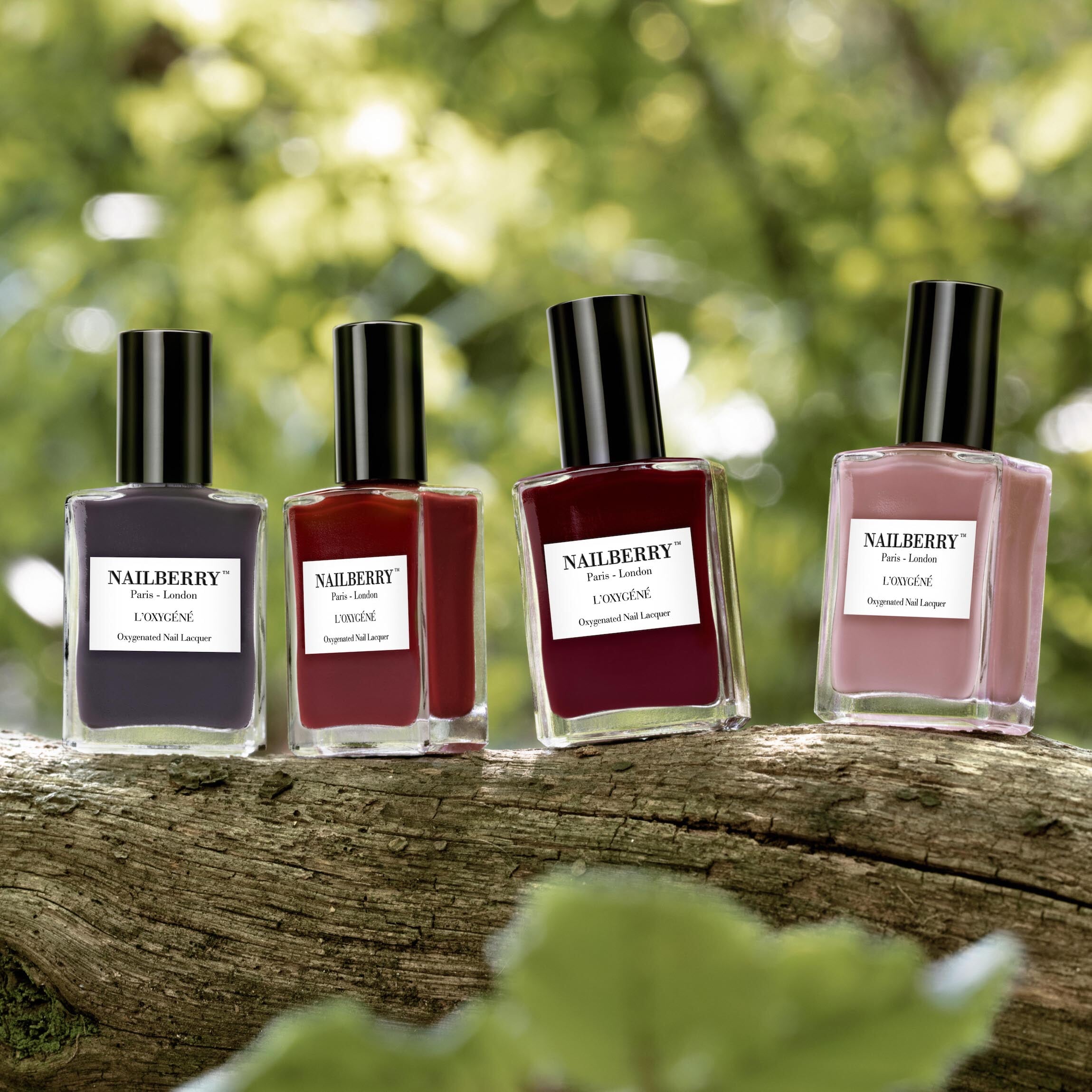
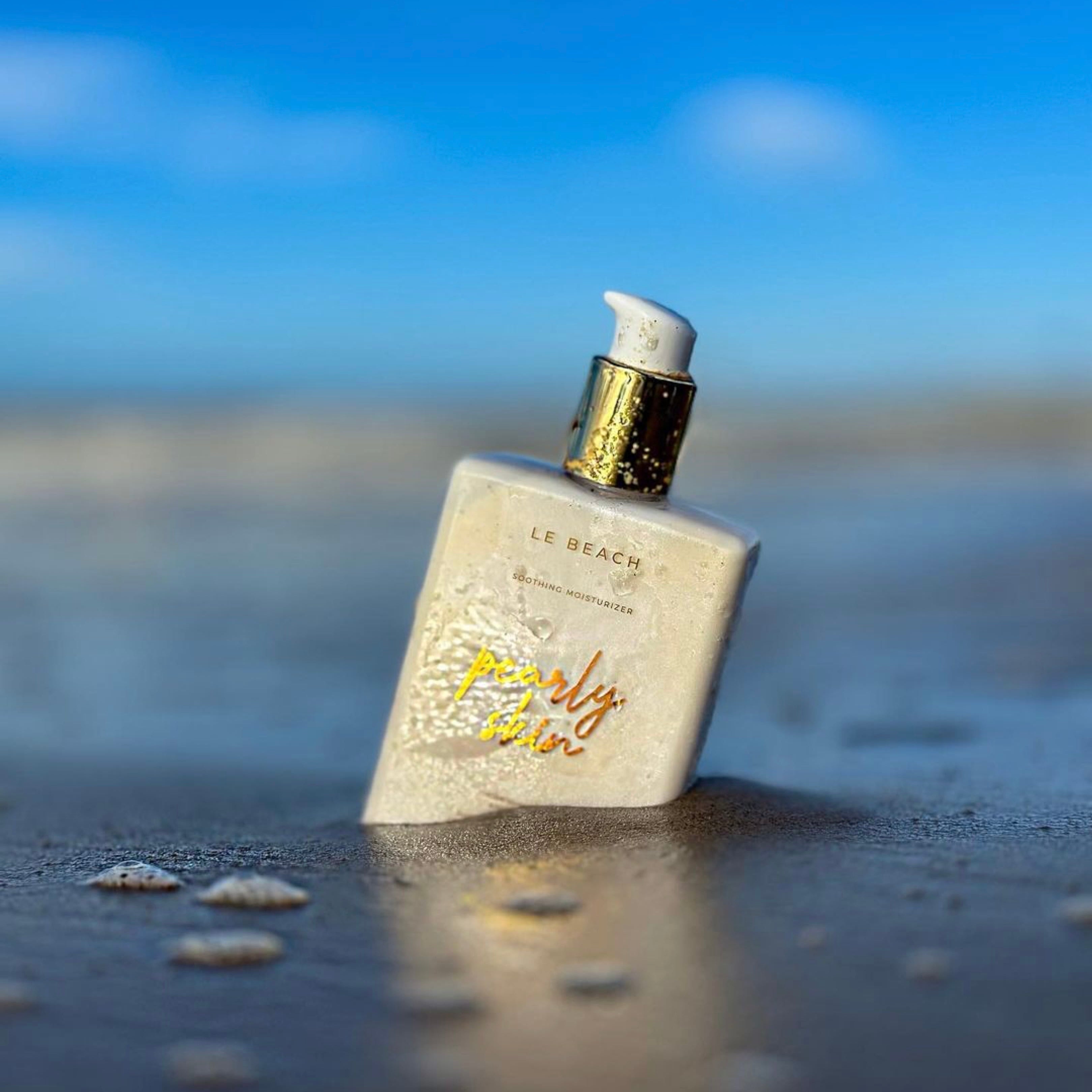
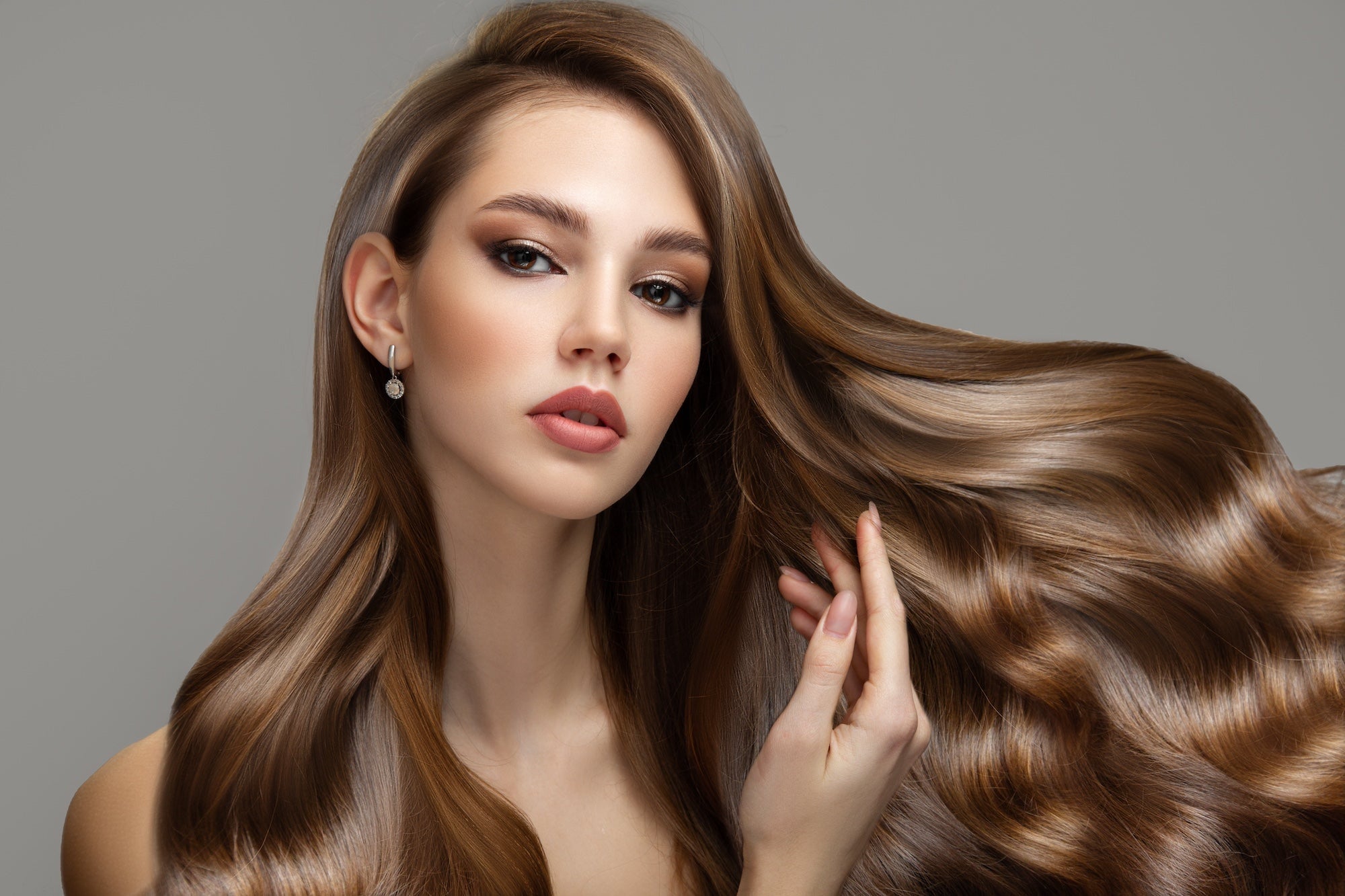

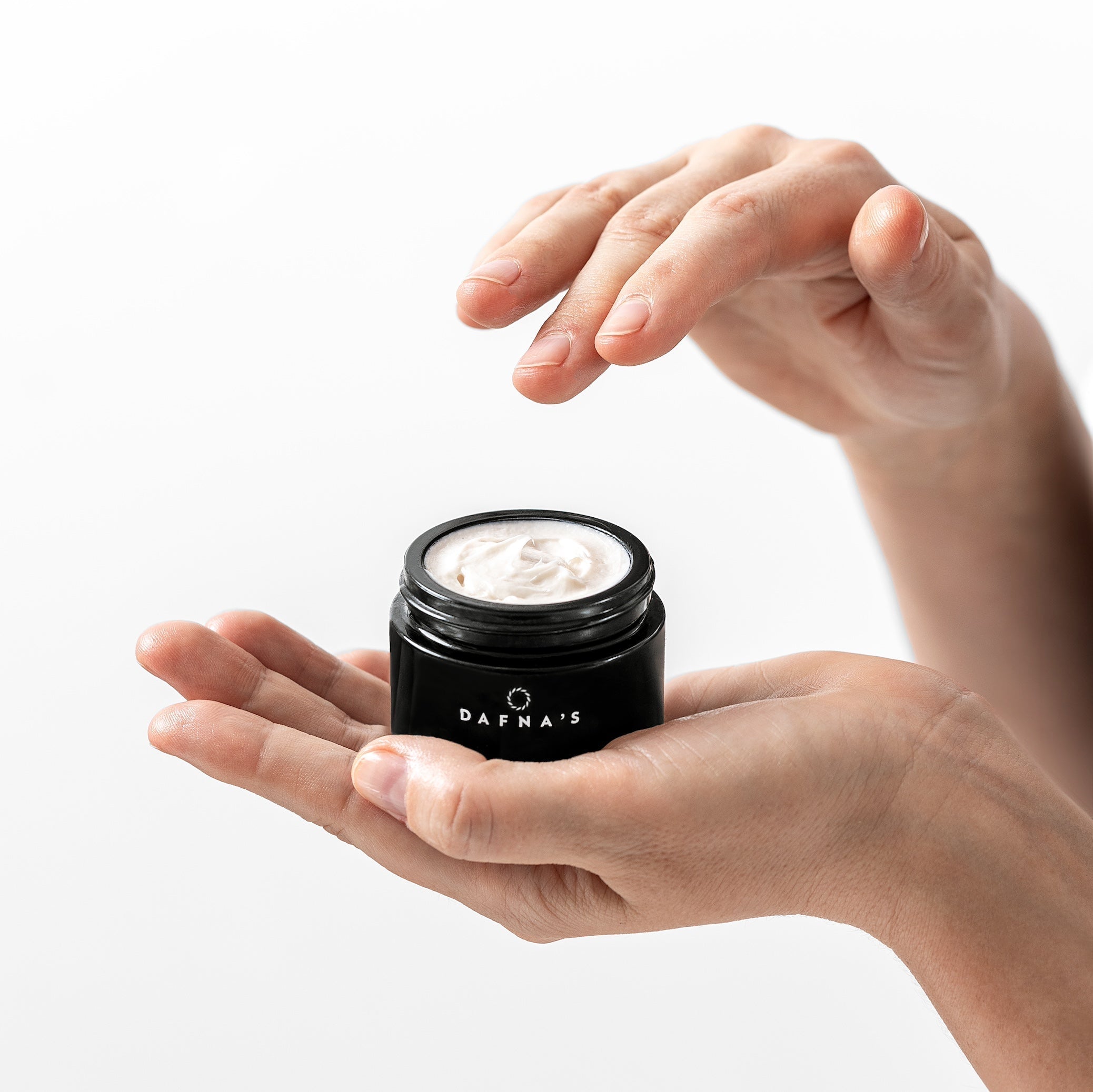

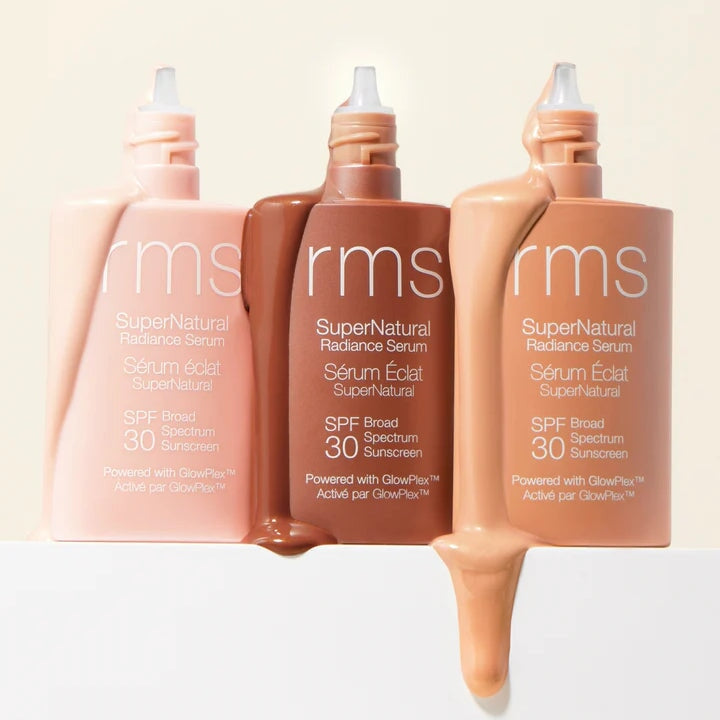
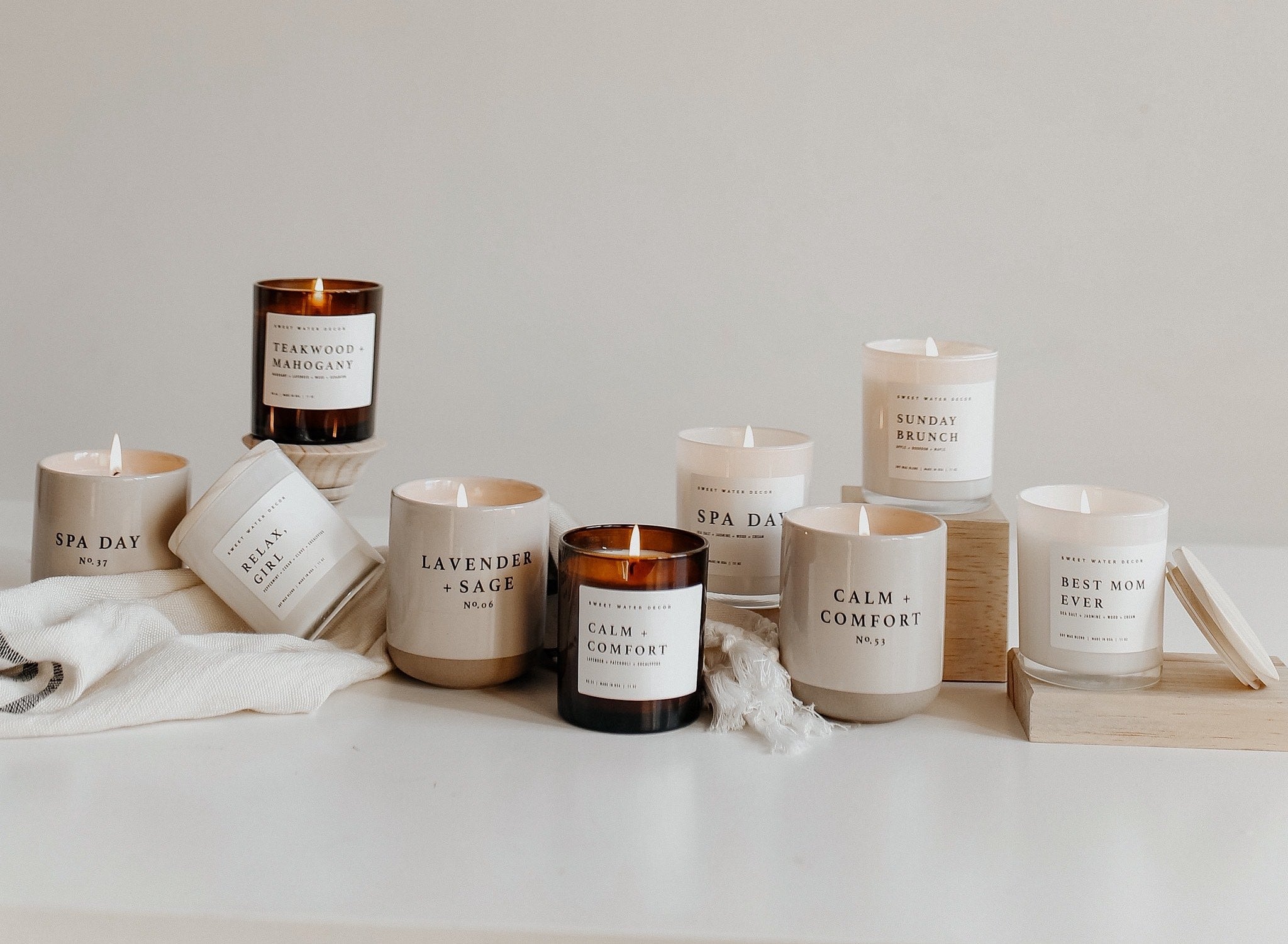
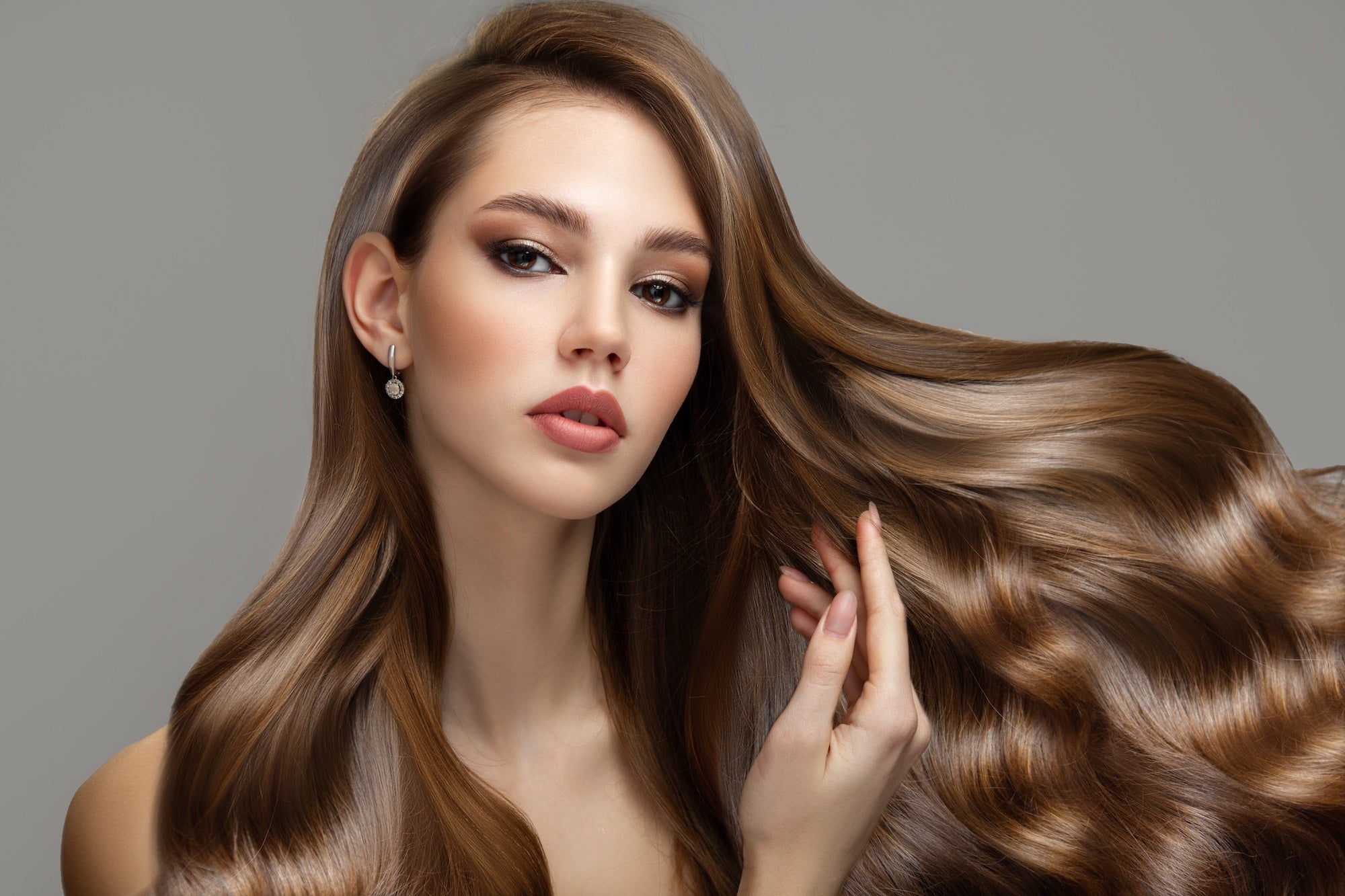
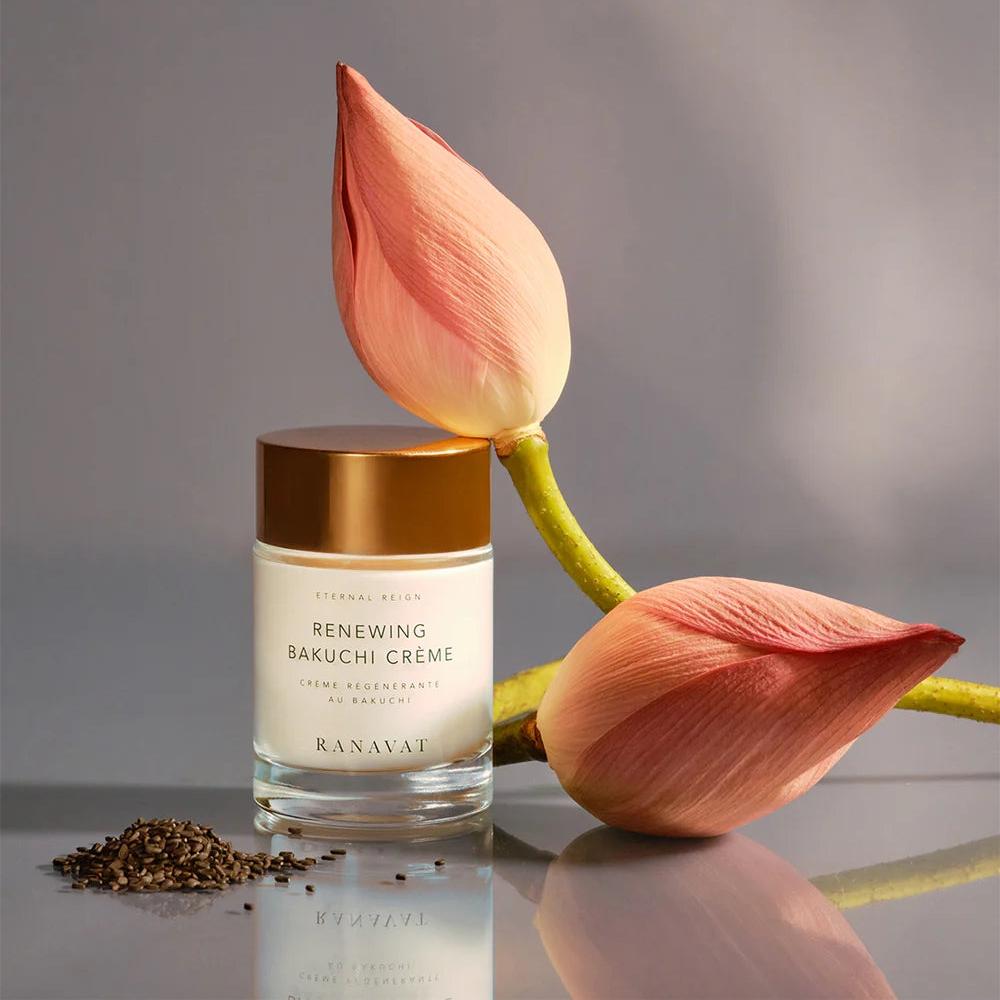
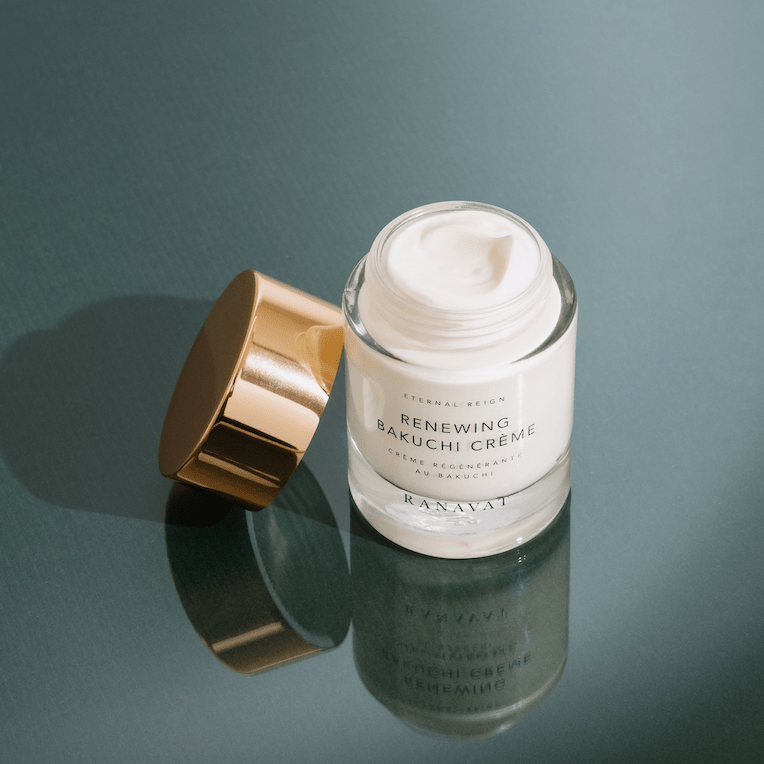


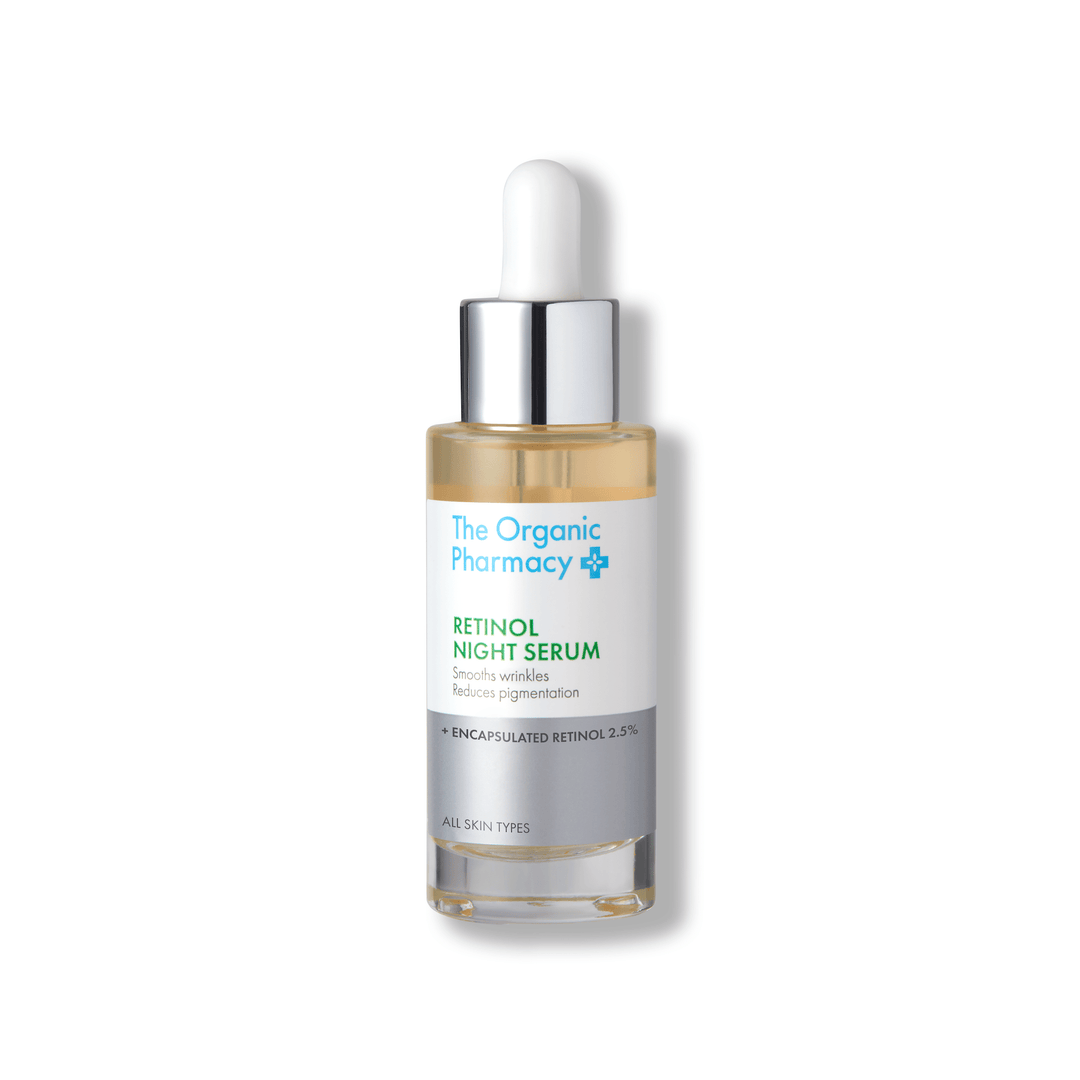
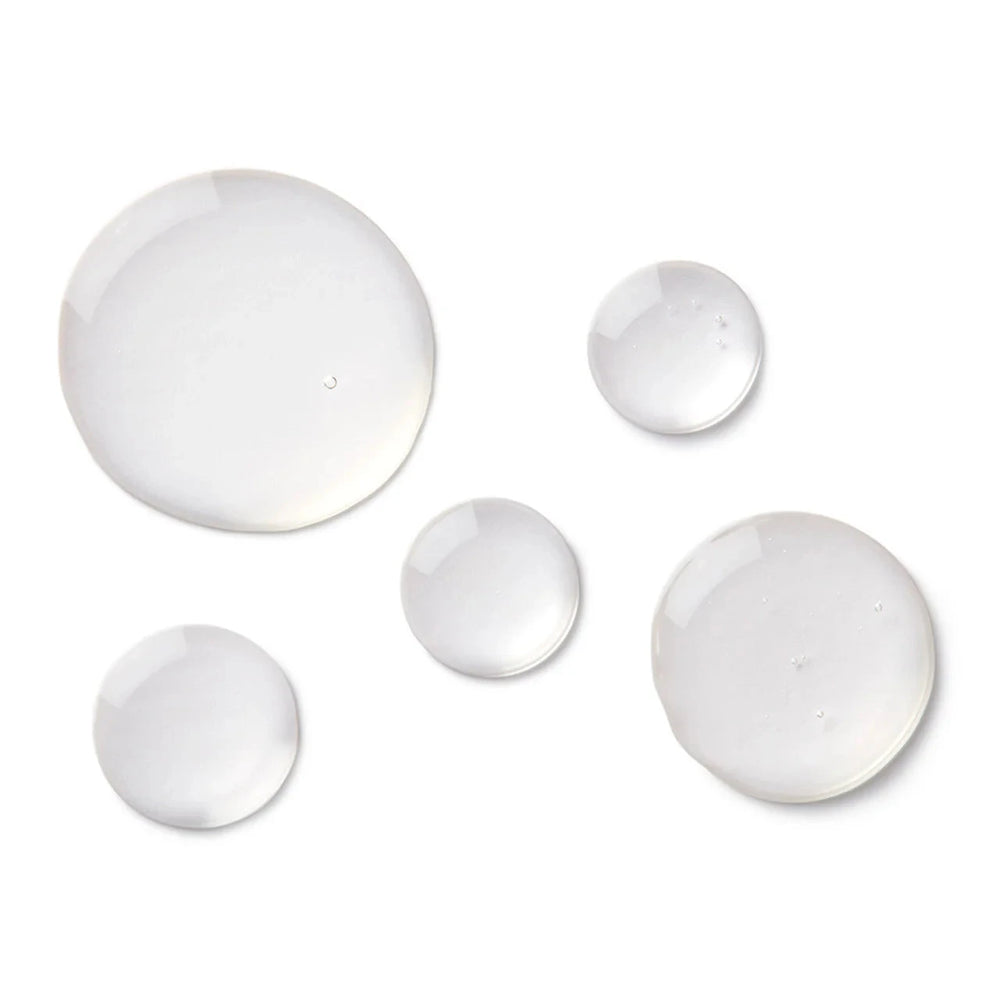

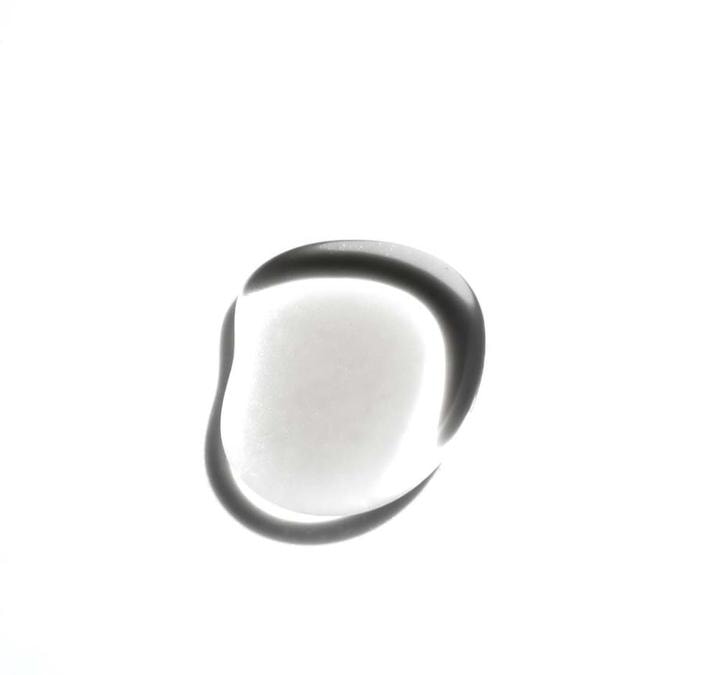

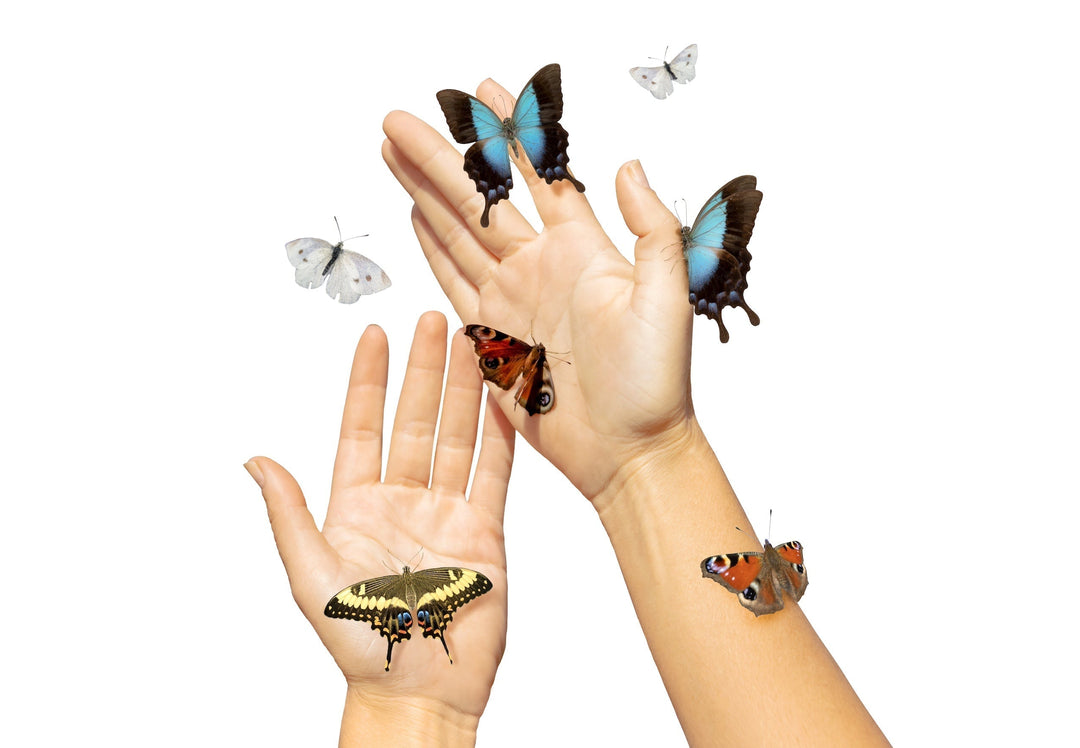
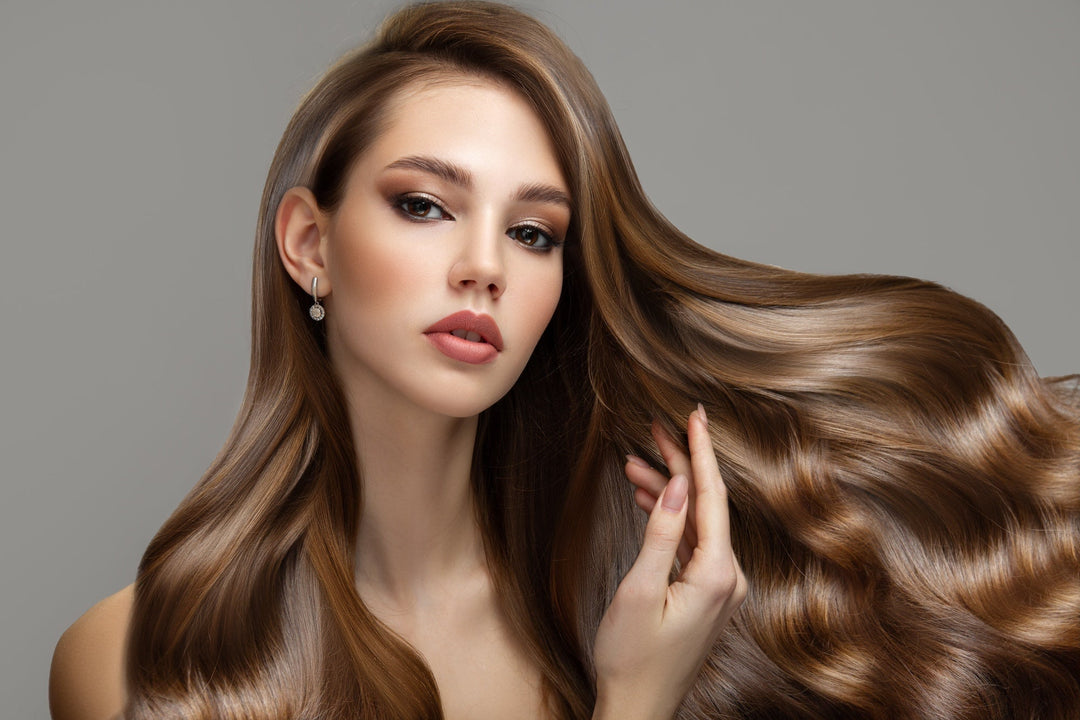
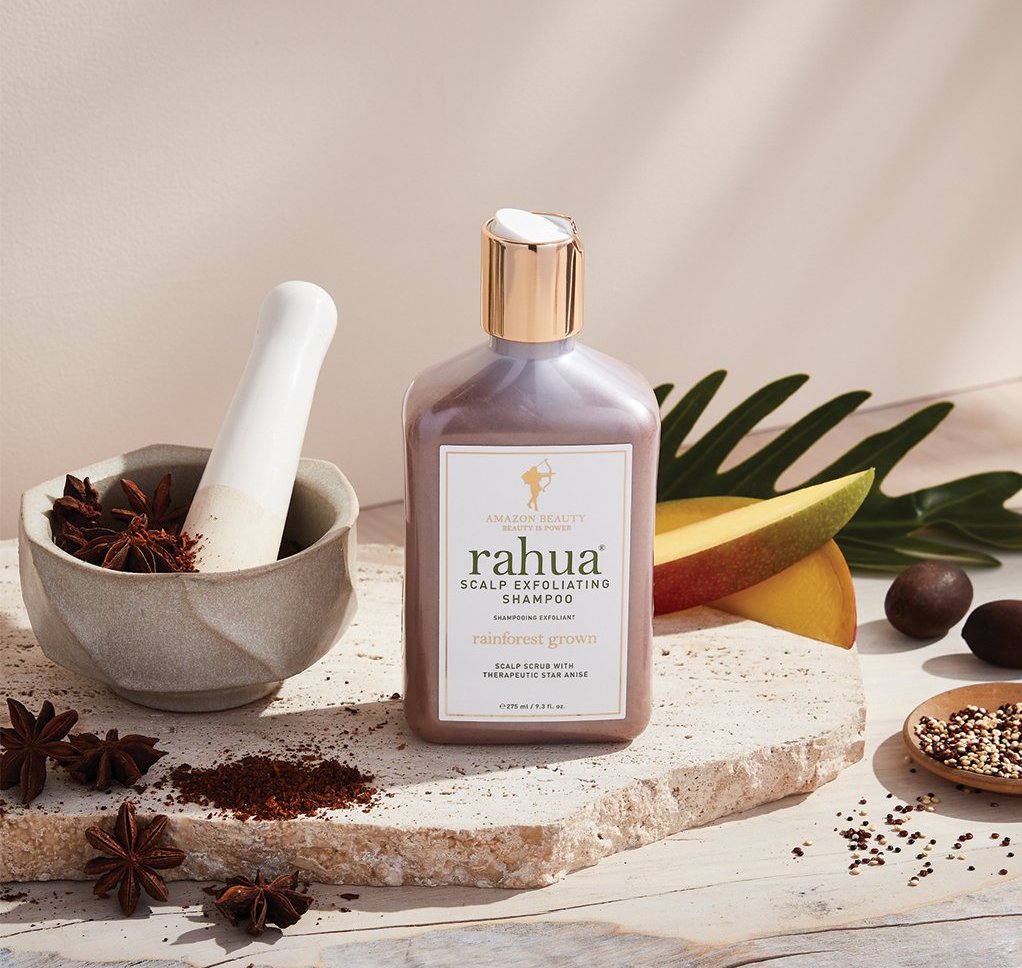
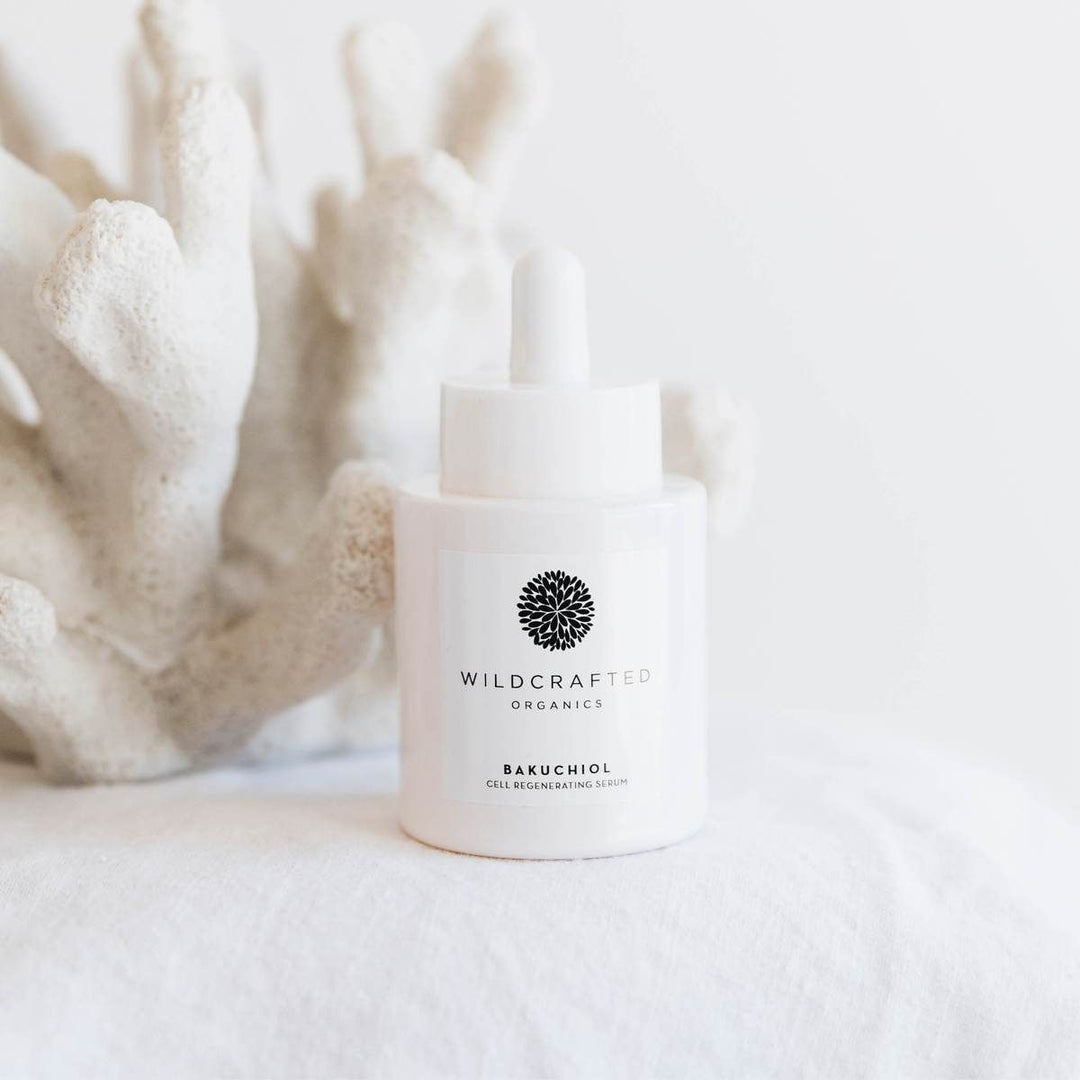

Leave a comment